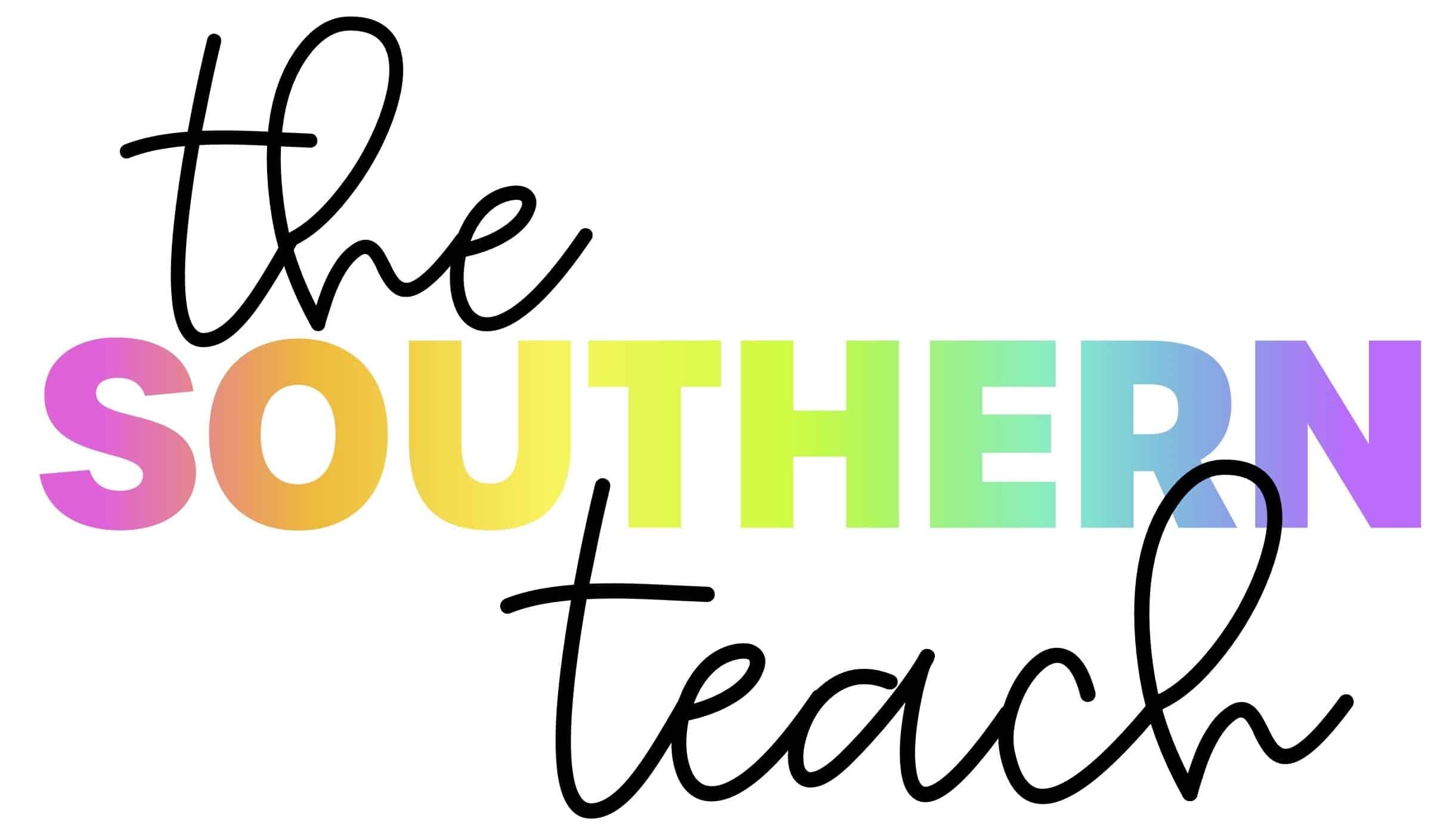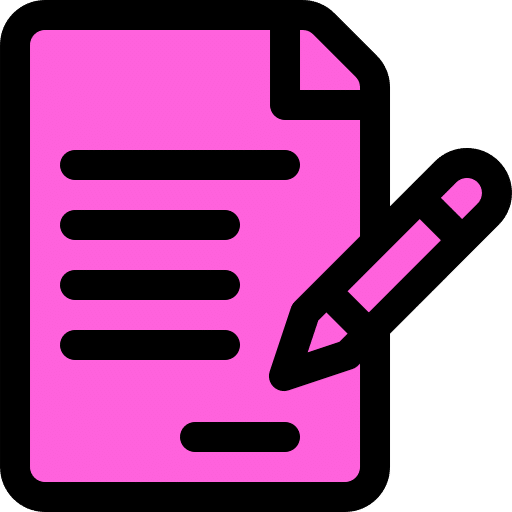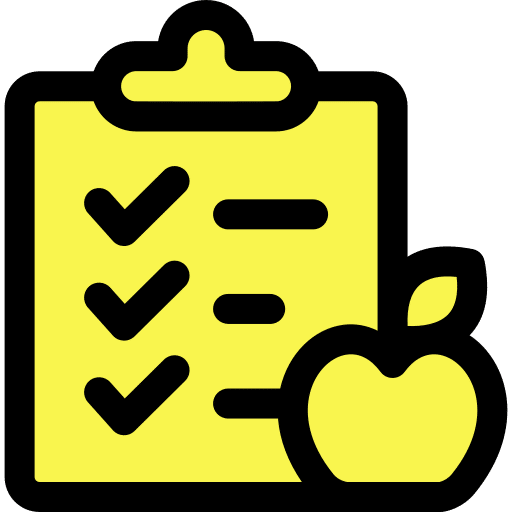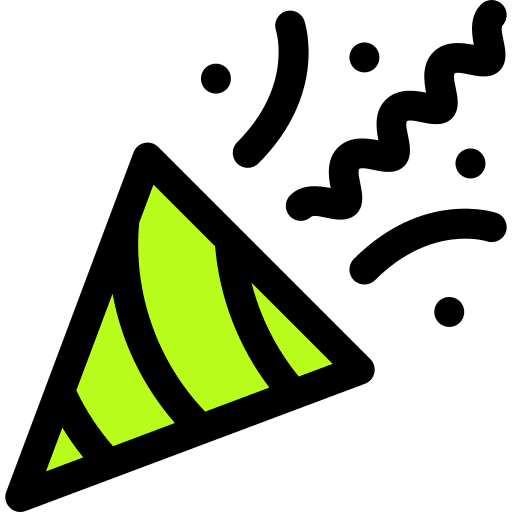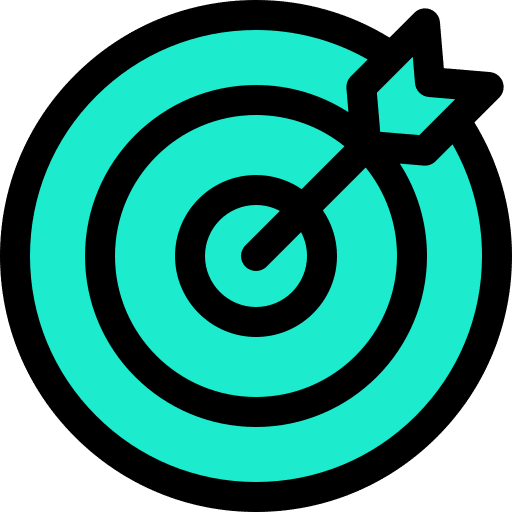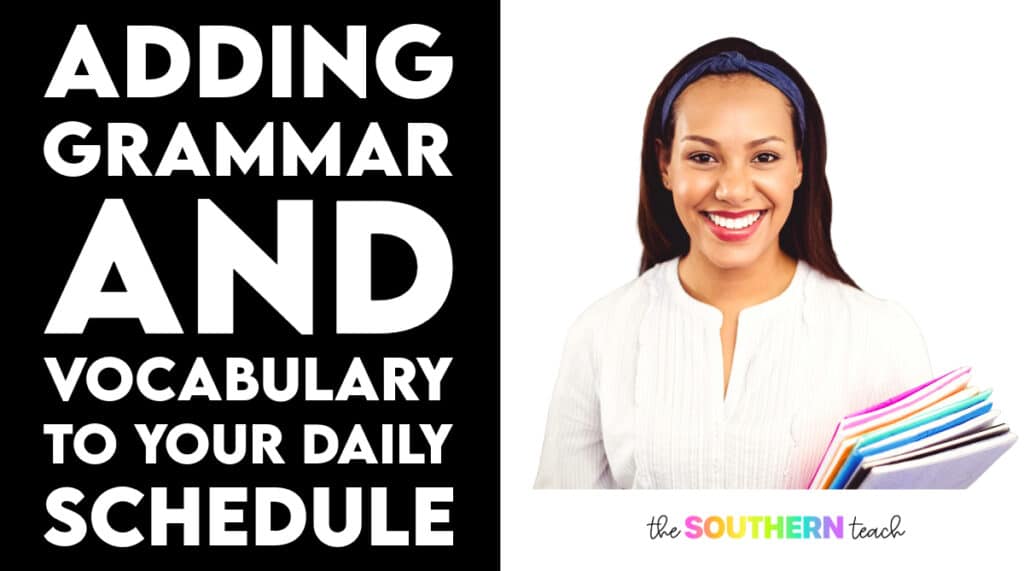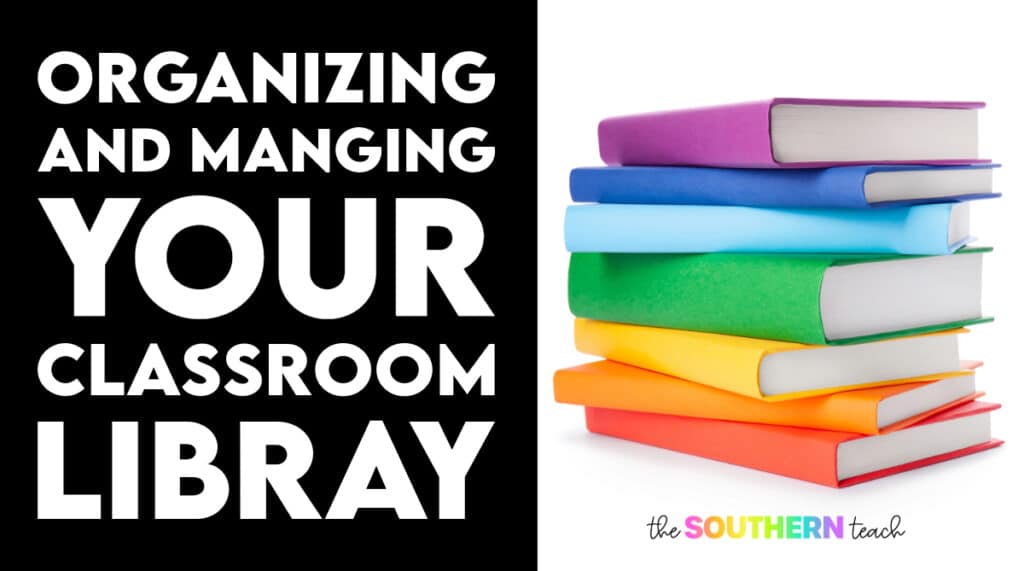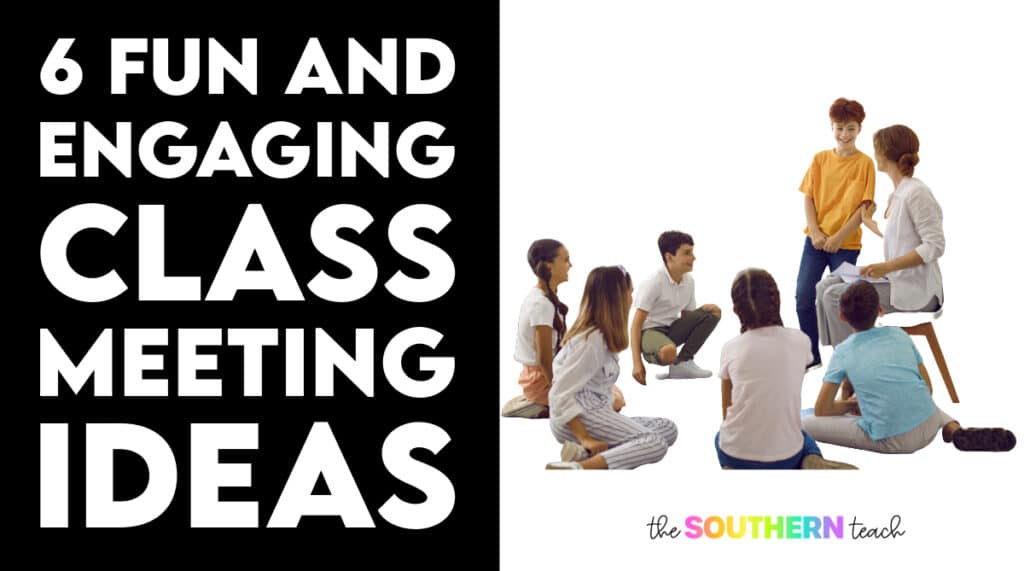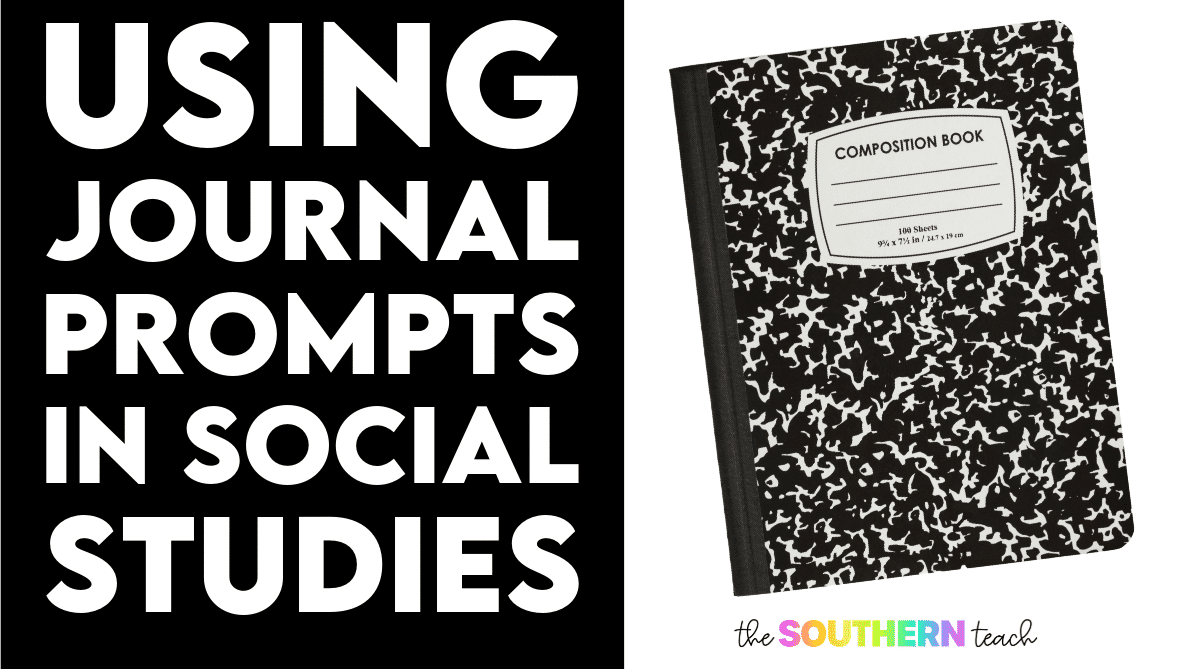
Tips and Ideas for Using Journal Prompts in Social Studies
By Kirsten Hammond
Share This Post:
In the world of elementary education, finding ways to seamlessly include social studies in lessons can be tough. But, there’s a powerful tool teachers can use: journaling.
Journal prompts offer a great way for students to think about history, reflect on what they’ve learned, and share their thoughts and ideas.
In this blog post, we’ll explore how upper elementary social studies teachers can use journal prompts effectively in their classrooms, making learning more interesting and engaging.
If you prefer to listen to podcasts, make sure you listen here!

Step 1: Pick Good Prompts
To start, choose journal prompts that match what you’re teaching and what your students like. Think about the topics you’re covering and select prompts that get students thinking. Look for prompts that ask for personal opinions and connections to history.
Step 2: Explain Clearly
Before giving students journal prompts, make sure they know what to do. Explain why they’re writing and what you expect from their entries. Show them examples of good journal entries to help them understand.
Step 3: Use Prompts in Lessons
Incorporate journal prompts into your social studies lessons to make them more engaging. You can use prompts at the beginning of class to get students thinking or at the end to reflect on what they’ve learned. You can also use prompts in group discussions or research projects.
Step 4: Encourage Creativity
Encourage students to be creative in their journal entries. Ask them to use descriptive language and share personal stories. Let them add drawings or photos to their entries to make them more interesting.
Step 5: Reflect and Give Feedback
After students write their journal entries, give them a chance to think about what they’ve written and share with others. You can have class discussions where students talk about their entries and give feedback to each other. You can also give feedback on their entries to help them improve.
10 Journal Prompts to Use
Here are some prompts you can use to get students thinking:
- Imagine you are living during [historical event or time period]. Describe a typical day in your life. What challenges do you face? What do you enjoy?
- If you could meet any historical figure from [time period], who would it be and why? What questions would you ask them?
- Reflect on a primary source document you studied today. What new information did you learn? How does it help you understand [historical event] better?
- Put yourself in the shoes of [historical figure]. Write a journal entry expressing their thoughts and feelings during a significant moment in history.
- How do you think [historical event] impacted people’s lives at the time? How might it still affect us today?
- If you were living during [historical event], what role would you want to play? Why?
- Describe an artifact from [historical time period] that you find intriguing. What do you think it tells us about the people who used it?
- Reflect on a recent lesson about [specific aspect of history]. What surprised you the most? What questions do you still have?
- Choose a significant event from history and write a fictional newspaper article reporting on it. Include details about the event, reactions from people at the time, and its impact.
- Think about a time when you had to stand up for something you believed in. How does your experience compare to the actions of [historical figure or group] during [historical event]?
These prompts will help students think critically and reflect on what they’ve learned in social studies.
Social Studies Journal Prompt Example
Let’s look at an example prompt: “How do you think World War II impacted people’s lives at the time? How might it still affect us today?”
- Pick Good Prompts: This prompt fits with what we’re learning about World War II and gets students thinking about its effects.
- Explain Clearly: Before students start writing, we’ll explain what we’re looking for in their journal entries and why it’s important.
- Use in Lessons: We’ll introduce this prompt during our lesson on World War II. Students will have time to think and write about it.
- Encourage Creativity: Students can be creative in how they answer the prompt, sharing their own ideas and opinions.
- Reflect and Give Feedback: After writing, students will share their entries and give feedback to each other. We’ll also give feedback to help them improve.
By following these steps, we can make social studies more interesting and engaging for our students.
Using journal prompts in upper elementary social studies classes can help students understand history better and think more critically. By following these steps and using interesting prompts, teachers can create a fun and engaging learning environment.
So why not give it a try? Start using journal prompts in your social studies lessons today and see how much your students enjoy it!
Check out more ways to teach social studies with guided notes!
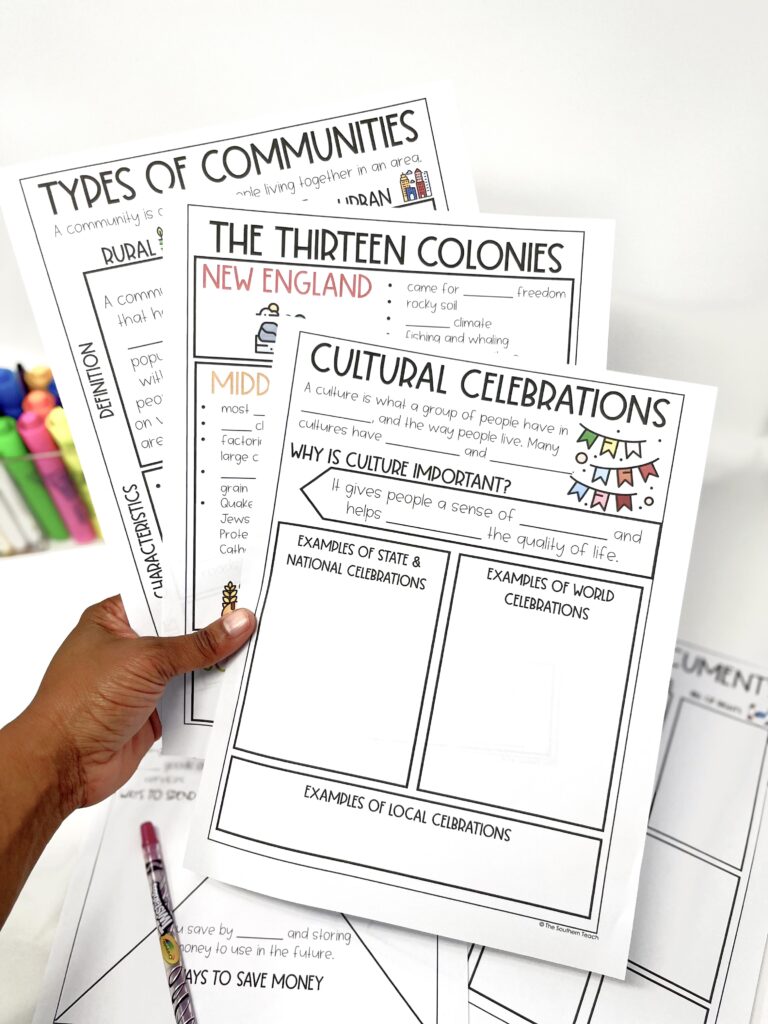
kirsten hammond
Kirsten is a former 3rd and 5th grade teacher who loves helping upper elementary teachers by creating resources and sharing ideas that are engaging, research-based, and TEKS-aligned. She is a work-from-home mama of 3 rambunctious little ones and loves running, true crime, and lots of coffee.
